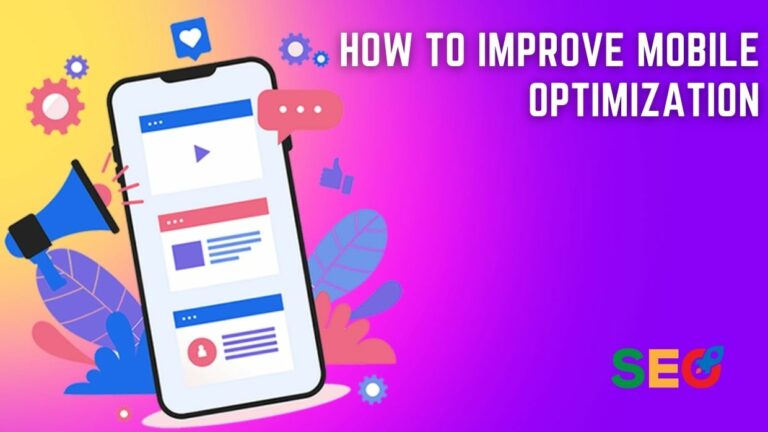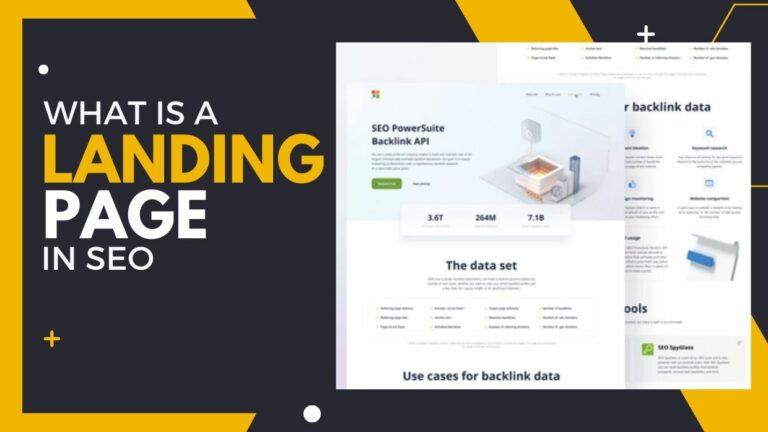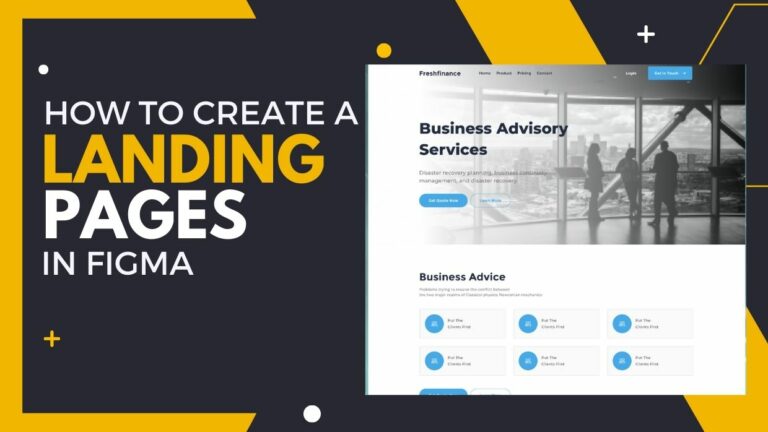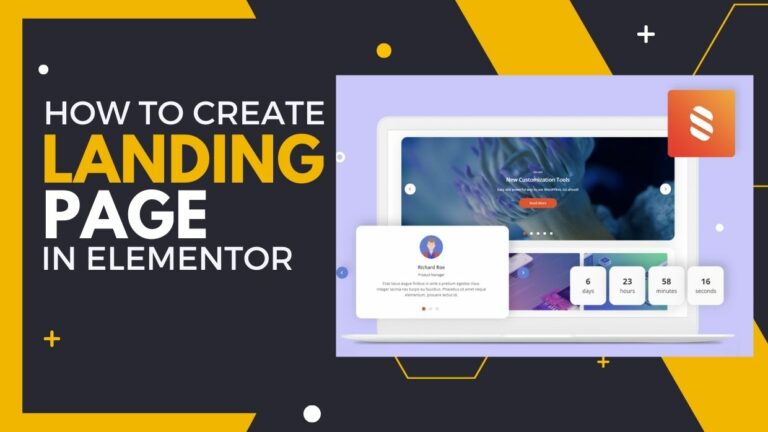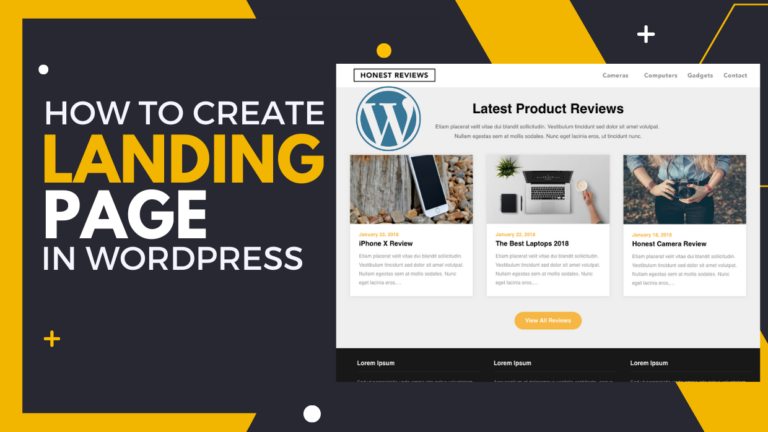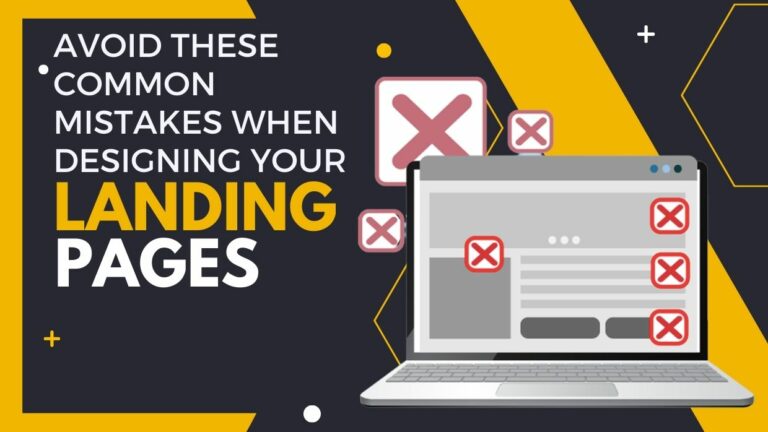The Pros and Cons of Landing Pages: What You Need To Know Before You Start
Are you considering using a landing page for your website? It can be a great way to capture new leads and promote special offers, but there are also some drawbacks that you should consider before getting started. Read on to learn more about the pros and cons of landing pages and how they can affect your business.
What is a Landing Page?
A landing page is a website page that allows you to capture a visitor’s contact information through a lead capture form. A lead capture form typically requires a visitor to enter their name, email address, and phone number. Landing pages are commonly used in online marketing campaigns to generate leads for businesses.
The purpose of a landing page is to convert visitors into leads by providing them with something valuable, such as an offer, coupon, or free trial. Landing pages are often used in conjunction with search engine optimization (SEO), social media marketing (SMM), and email campaigns.
What is a Landing Page And How Can It Help Grow Your Business?
Pros of Using a Landing Page
If you’re new to the world of online marketing, you may be wondering what a landing page is and why you should use one. Landing pages are stand-alone web pages that are designed for a specific purpose, such as collecting leads or selling products.
There are several advantages of using a landing page:
- You can control the visitor’s experience.
- You can track conversions and measure results.
- You can test different versions of your page to see what works best.
- You can use powerful calls to action to encourage visitors to take the desired action.
- You can generate leads and capture customer information.
- Landing pages can help you build your brand and establish trust with potential customers.
- They can also be used to promote special offers and discounts.
- You can use them to build an email list and create remarketing campaigns.
- Landing pages are also great for SEO purposes, as they provide quality content and relevant information to visitors.
Cons of Using a Landing Page
There are several cons to using a landing page that businesses should be aware of before they start using this marketing tool. One con is that landing pages can be difficult to set up and manage. This is especially true if you are not familiar with web development or design. Additionally, landing pages can be time-consuming to create and test.
Another con of using a landing page is that it can be ineffective if not done correctly. For example, if your landing page does not have a strong call-to-action or is not relevant to your target audience, it will likely not generate the leads or sales that you are hoping for. Finally, landing pages can sometimes come across as spammy or pushy if they are not well-designed or carefully executed.
Creating and managing a successful landing page is a time-consuming process that requires careful planning and execution. However, if done correctly, it can be an effective way to drive conversions and increase sales.
Tips for Creating an Effective Landing Page
When it comes to creating an effective landing page, there are a few things you need to keep in mind. Here are some tips to help you get started:
- Keep it simple. The last thing you want is a landing page that’s cluttered and confusing. Keep your design clean and your content concise.
- Make it relevant. Your landing page should be relevant to the offer or product you’re promoting. Don’t try to cram too much information onto the page – focus on what’s most important.
- Use strong visuals. People are visual creatures, so make sure your landing page includes strong visuals that capture attention and convey your message effectively.
- Use persuasive copy. Your copy should be clear, concise, and persuasive. It should convince people that they need what you’re offering and that your offer is the best one out there.
- Include a call to action. Your call to action should be clear and easy to spot. It should tell people what you want them to do next, whether it’s signing up for your email list or making a purchase.
How To Create High-Converting Landing Pages In 10 Simple Steps
Examples of Good and Bad Landing Pages

A good landing page will have a clear and concise headline that accurately reflects the content of the page. The body copy should be easy to read and free of errors. There should be a strong call to action, and the form should be short and simple to complete.
A bad landing page, on the other hand, will have a confusing or misleading headline, poorly written body copy, a weak call-to-action, and a long and complicated form. Visitors will quickly lose interest in the page and move on to something else.
Alternatives to the Landing Page Strategy
There are a few alternatives to the landing page strategy that you can use to increase your conversion rate. One is to use a sidebar call-to-action (CTA) instead of a landing page. This means that you would add a CTA to your blog post or website sidebar that encourages visitors to take a specific action, such as signing up for your email list.
Another alternative is to use an exit-intent popup on your website. This is a popup that appears when someone is about to leave your site, and it can be used to offer them a discount or incentive to stay on your site and convert.
Finally, you can also use social media ads as an alternative to landing pages. With social media ads, you can target specific demographics and interests, and then send them to a landing page or website.
Conclusion
Landing pages are a great tool to increase leads and sales, but they’re not without their drawbacks. Before you decide on implementing landing pages for your business, make sure you understand the pros and cons associated with them so that you can determine if this is the right strategy for your needs. With the right combination of design, content, and optimization techniques, landing pages can be an invaluable asset to any company looking to drive more conversions.


